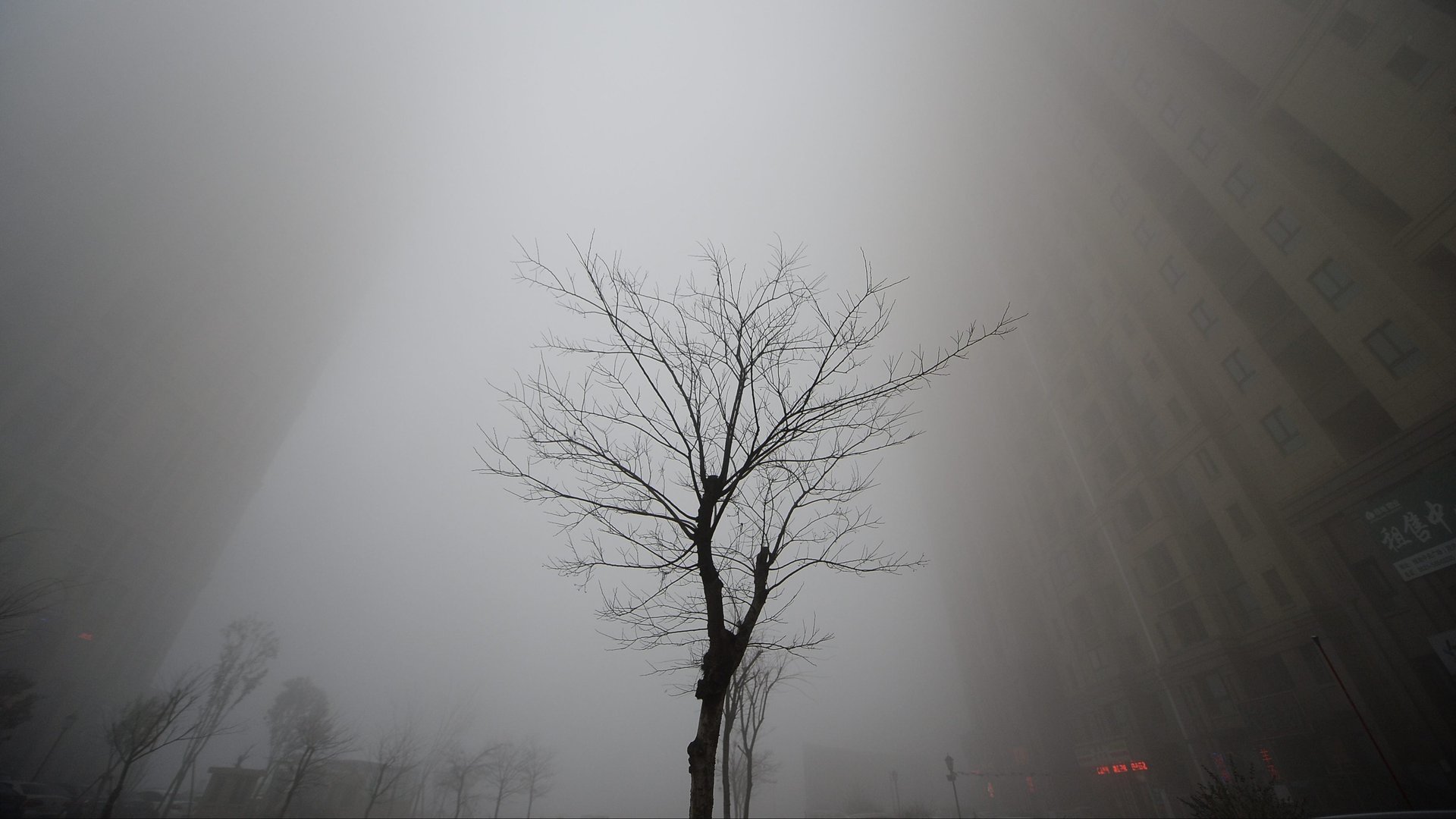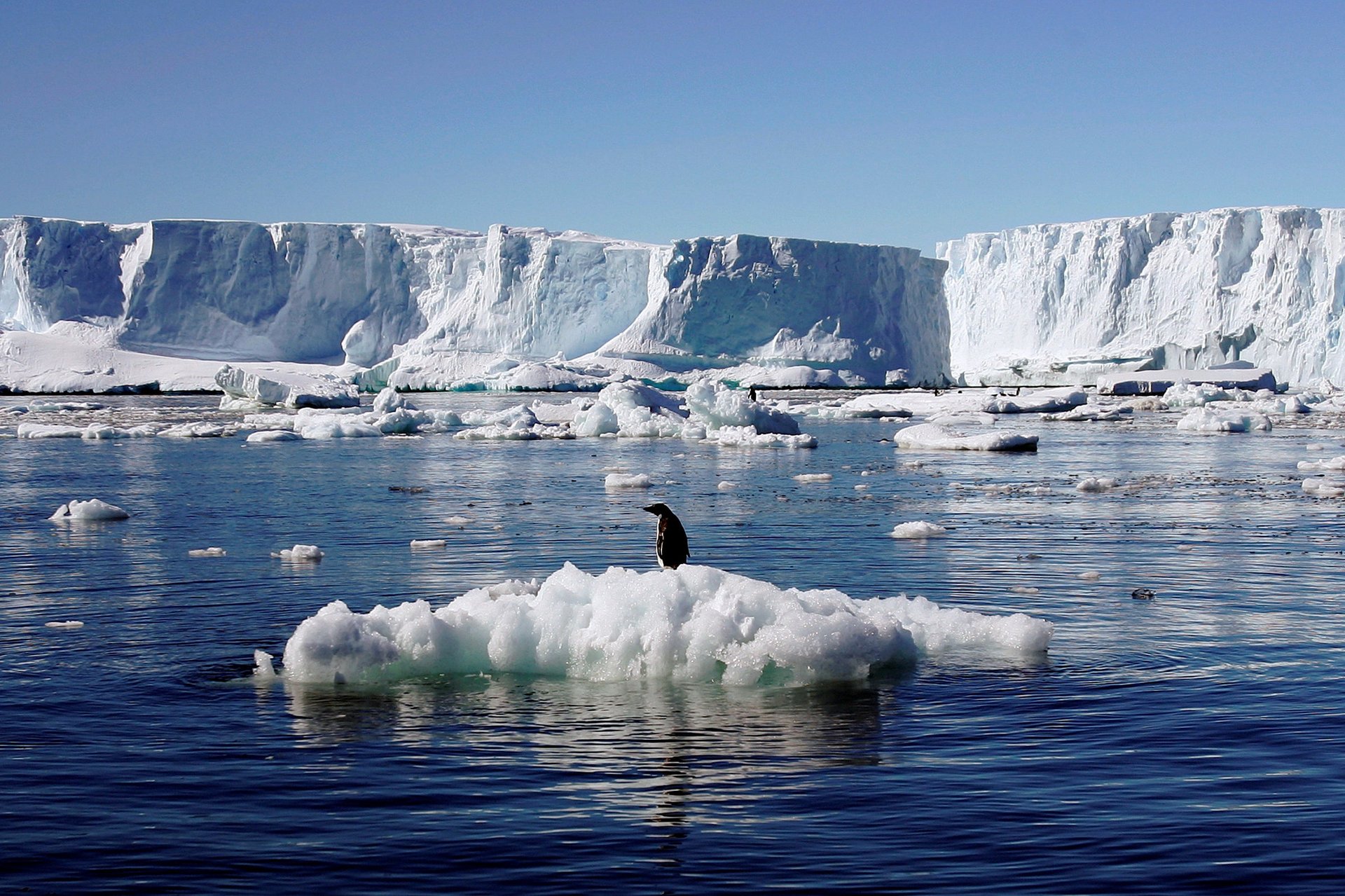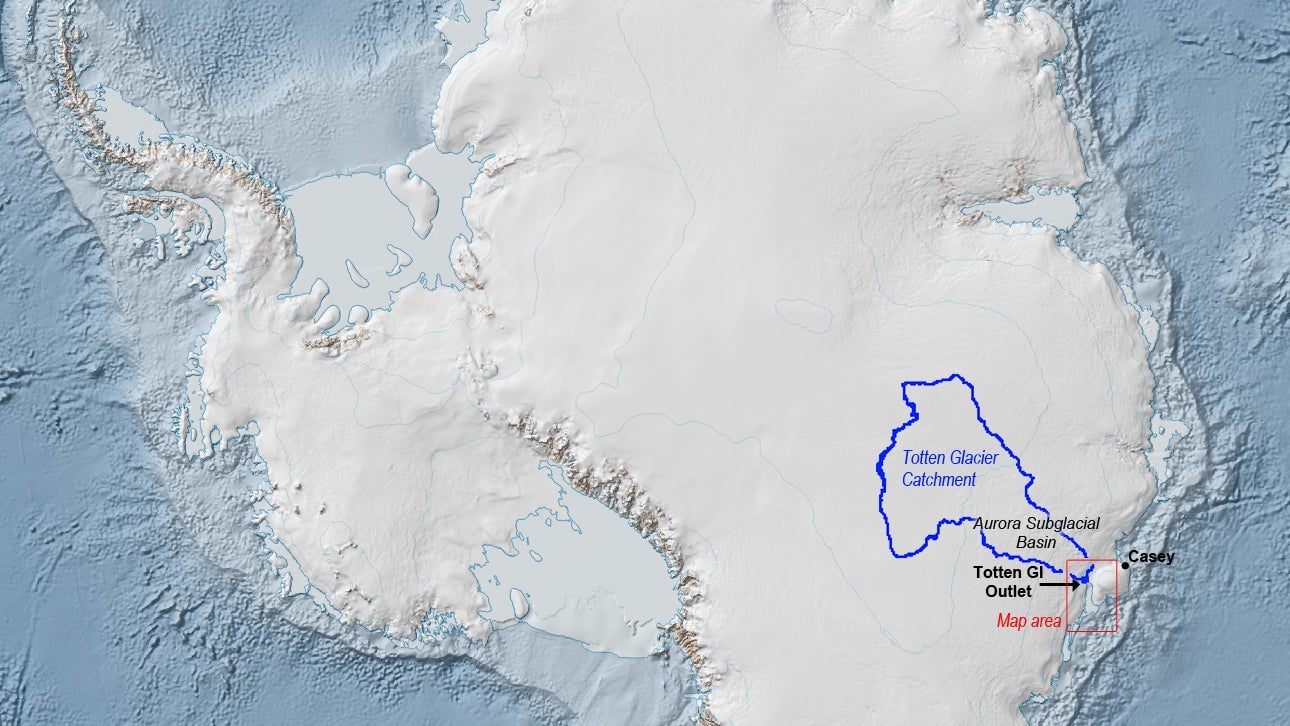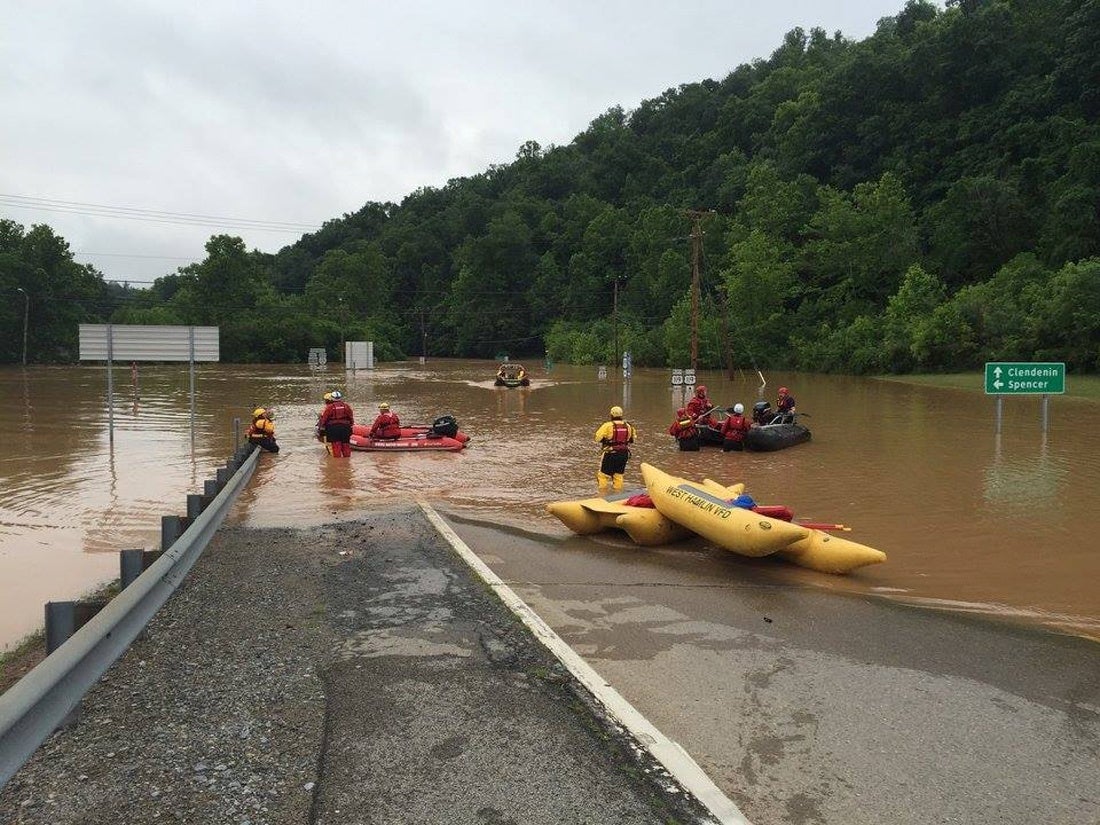The scary, unimpeachable evidence that climate change is already here
When Fox News’ Chris Wallace asked Donald Trump about his thoughts on climate change, the president-elect responded, “Nobody really knows. Look, I’m somebody that gets it, and nobody really knows. It’s not something that’s so hard and fast.” He’s not alone; according to Pew Research less than half (48%) of all American adults believe that the Earth is warming mostly due to human activity. They are wrong, though, and 2016 was the year that news from around the world made climate change undeniable to anyone paying attention.


When Fox News’ Chris Wallace asked Donald Trump about his thoughts on climate change, the president-elect responded, “Nobody really knows. Look, I’m somebody that gets it, and nobody really knows. It’s not something that’s so hard and fast.” He’s not alone; according to Pew Research less than half (48%) of all American adults believe that the Earth is warming mostly due to human activity. They are wrong, though, and 2016 was the year that news from around the world made climate change undeniable to anyone paying attention.
A record amount of coral perished in the Great Barrier Reef

Australia’s Great Barrier Reef, a 1,430-mile-long world heritage site visible from space, suffered the largest loss of corals ever recorded this year.
The loss is concentrated in the northern part of the reef, considered the most pristine. About 93% of the 2,900 individual reefs that make up the Great Barrier Reef system were impacted by the coral-bleaching event to varying degrees. In the 435 miles that make up the northern part of the reef from Port Douglas, Australia to Papua New Guinea, about 67% of the region’s shallow water coral died over the last year, according to the Australian Research Council’s (ARC) Centre of Excellence for Coral Reef Studies based at the James Cook University. “The good news is the southern two-thirds of the Reef has escaped with minor damage. On average, 6% of bleached corals died in the central region in 2016, and only 1% in the south,” says Andrew Baird, chief investigator at the ARC Centre.
The bleaching event was due to higher-than-usual water temperatures in 2015 and 2016, caused by an El Niño event and global climate change. Higher sea temperatures cause coral to expel the tiny photosynthetic algae that live in a symbiotic relationship with the coral—as a result, the coral turns a translucent white and dies, since the algae provide the coral with a significant source of energy. While coral reefs are able to recover if water temperatures remain under a certain degree, that’s unlikely under current and predicted climatic conditions.
Meanwhile, the Australian government, worried about the impact on tourism, pressured the United Nations to delete a section about the Great Barrier Reef from a UNESCO report on the impact of climate change on world heritage sites.
Deforestation in the Amazon escalated
A study released by Brazil’s National Institute for Space Research estimated that based on satellite imagery, deforestation in the Amazon increased over 29% from 2015 to 2016. Between August 2015 and July 2016, the Amazon rain forest was deforested at an estimated rate of over 3,000 square miles per year, the highest rate since 2008.
According to Marcio Astrini, a São Paulo-based Greenpeace policy director, the rising pace of deforestation is at least in part due to poor decisions made by the Brazilian federal government. For example, between 2012 and 2015 the União decided to waive fines for illegal deforestation, abandoned some key protected areas, and announced that the government will stop illegal deforestation only in 2030. In addition, the paucity of funds for the Brazilian Institute for the Environment and Renewable Natural Resources, charged with tracking logging activity, has been a hurdle in stopping illegal logging, according to Reuters.
Brazil’s failure to protect its forests is raising concerns about its ability to meet the commitments made in the Paris Agreement. Deforestation is a major contributor to changing climatic conditions, and impact of the depleted forests will be felt far beyond the Amazon.
Polar sea ice the size of India disappeared

Sea ice in the Arctic and Antarctica is at record lows. Climate scientists say that a portion of sea ice approximately the size of India melted in 2016 due to a worldwide increase in temperatures: on Dec. 4, polar sea ice was about 1.48 million square miles below the 1981-2010 average.
Scientists attribute the loss to the buildup of greenhouse gases, an El Nino weather event, and freak natural swings. Temperatures in parts of the Arctic were 36 degrees F above normal in November, according the the US National Snow and Ice Data Center.
The biggest glacier in East Antarctica is melting

Totten Glacier in East Antarctica is the largest glacier in the East Antarctic Ice Sheet, largest ice sheet in the world. And this year, scientists confirmed that it’s melting from below because of warm ocean water. The glacier’s ice shelf—the floating slab of ice that forms where a glacier flows into the ocean—is now losing between 63 and 80 billion tons of mass and 32 feet of thickness to the ocean each year, based on satellite measurements.
While the melting ice shelf does not currently contribute to sea-level rise (because it is already submerged), if the ice shelf weakens and the ice of the Totten glacier itself ends up in the ocean, seas would rise by about 11.5 feet total, scientists estimated.
Melting ice at the poles is sure to continue. This year, scientists predicted that in the coming decades, the Arctic Ocean might be ice-free in summer months.
Coastal communities in the US felt the brunt of sea level rise

Warnings of the impact of sea-level rise and flooding on coastal communities in America can no longer be dismissed as theoretical or liberal hand-wringing. In parts of Virginia, massive vertical rulers have been placed on the streets so that drivers can judge if the water inundating their roads is too deep to drive through. Tybee, a small town in Georgia, is regularly cut off from the rest of the country as the only road to the town is flooded several times a year. Fort Lauderdale, Florida is employing giant vacuum trucks to suck saltwater off the streets. In Miami Beach, the government is raising local fees to finance an adaptation plan that includes raising streets, elevating seawalls, and installing pumps.
While scientists have warned of the impact of sea level rise for years, and documented a rise in nuisance flooding along the east and Gulf coasts, the impact on everyday life there is now real. What’s more, the west coast, which has so far been protected from the worst effects, maybe begin to experience flooding due to predicted rising sea levels in the Pacific Ocean in the coming years.
Meanwhile, scientists said that climate change increased the likelihood of torrential downpours along the Gulf Coast, like those that led to deadly floods in Louisiana in August this year, by at least 40%.
Global coffee production came under threat
While your cup of coffee is safe for now, in 30 years, it is expected to become more expensive and less tasty, if climate change continues unchecked. A new report released in August this year by the Climate Institute, an Australian think tank, found that climate change could cut down the amount of land suitable to grow coffee beans by half by 2050. For instance, most Mexican plantations could vanish by 2020, and those in Nicaragua could follow by 2050. By the end of the century, the wild Arabica coffee plant could be a thing of the past.
And of course…it got hotter

Global temperatures are set to hit a record high for the third year in a row, as the World Meteorological Organization predicted in November that 2016 would likely beat out 2015 to become the warmest year on record.
Preliminary data through October shows that global average temperatures are 2.2 degrees F (1.2 degrees C) above pre-industrial levels, driven by the El Niño phenomenon. That is perilously close to the limit adopted in the Paris Agreement, which calls for limited temperature rise since the industrial revolution to 2 degrees C.